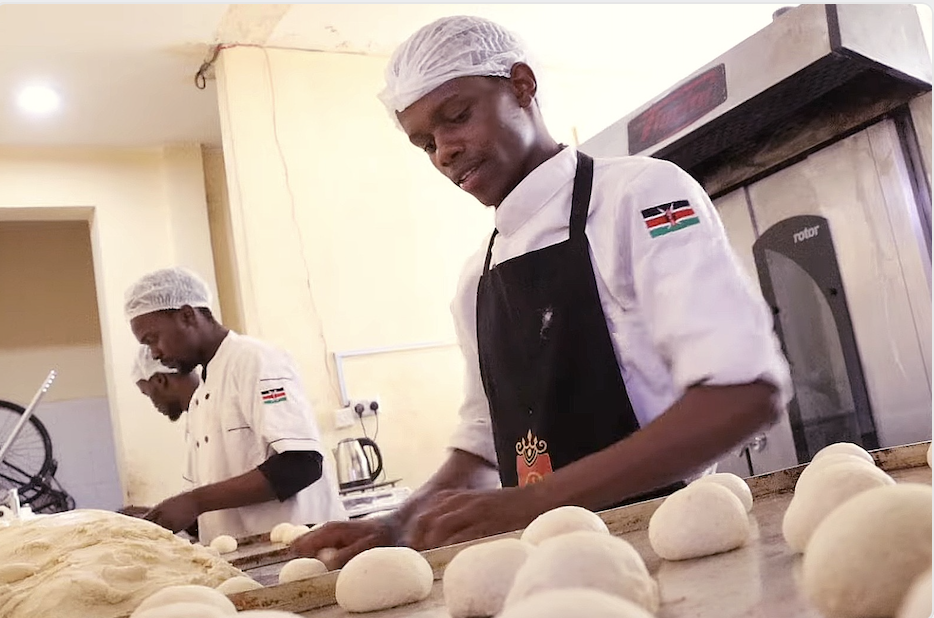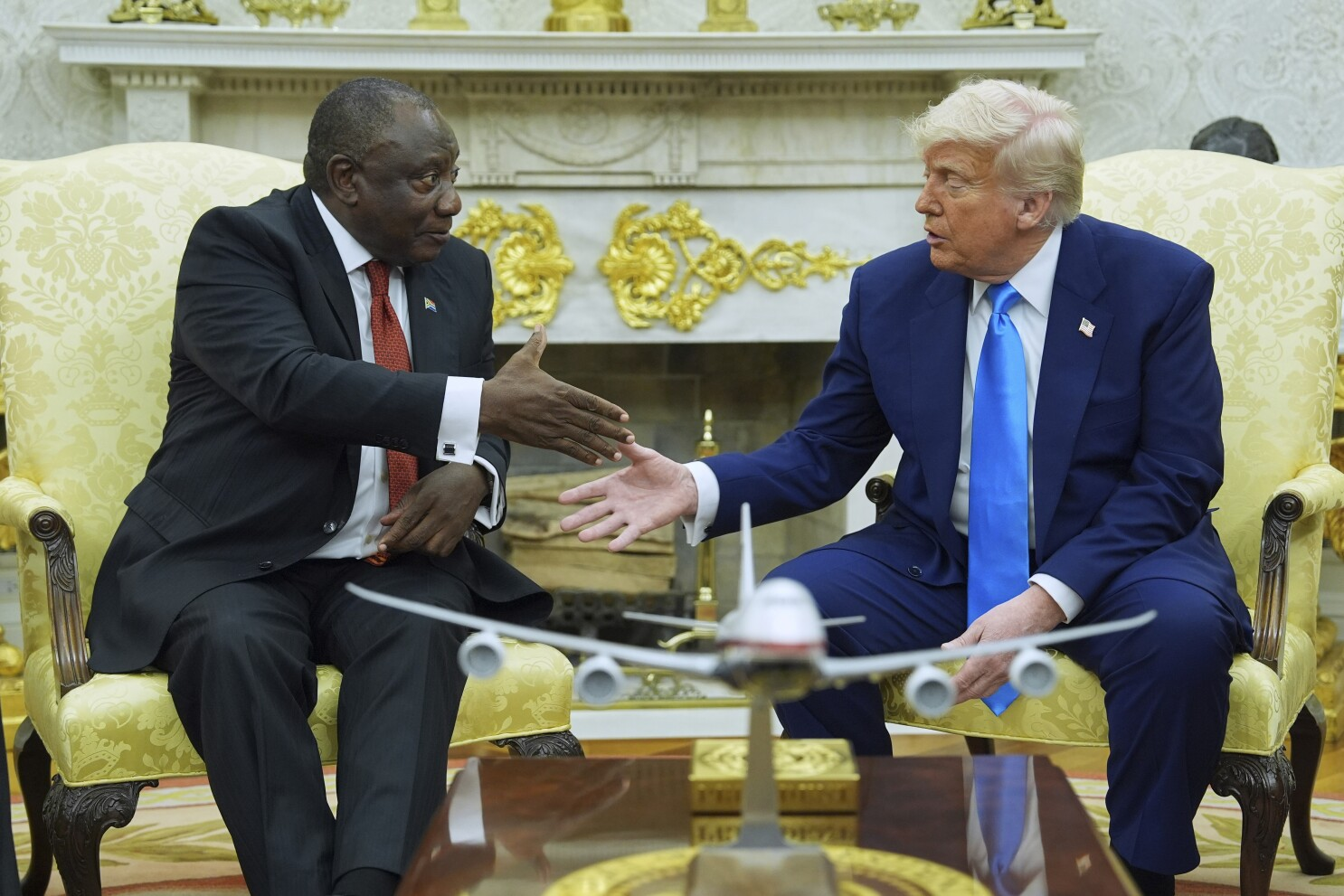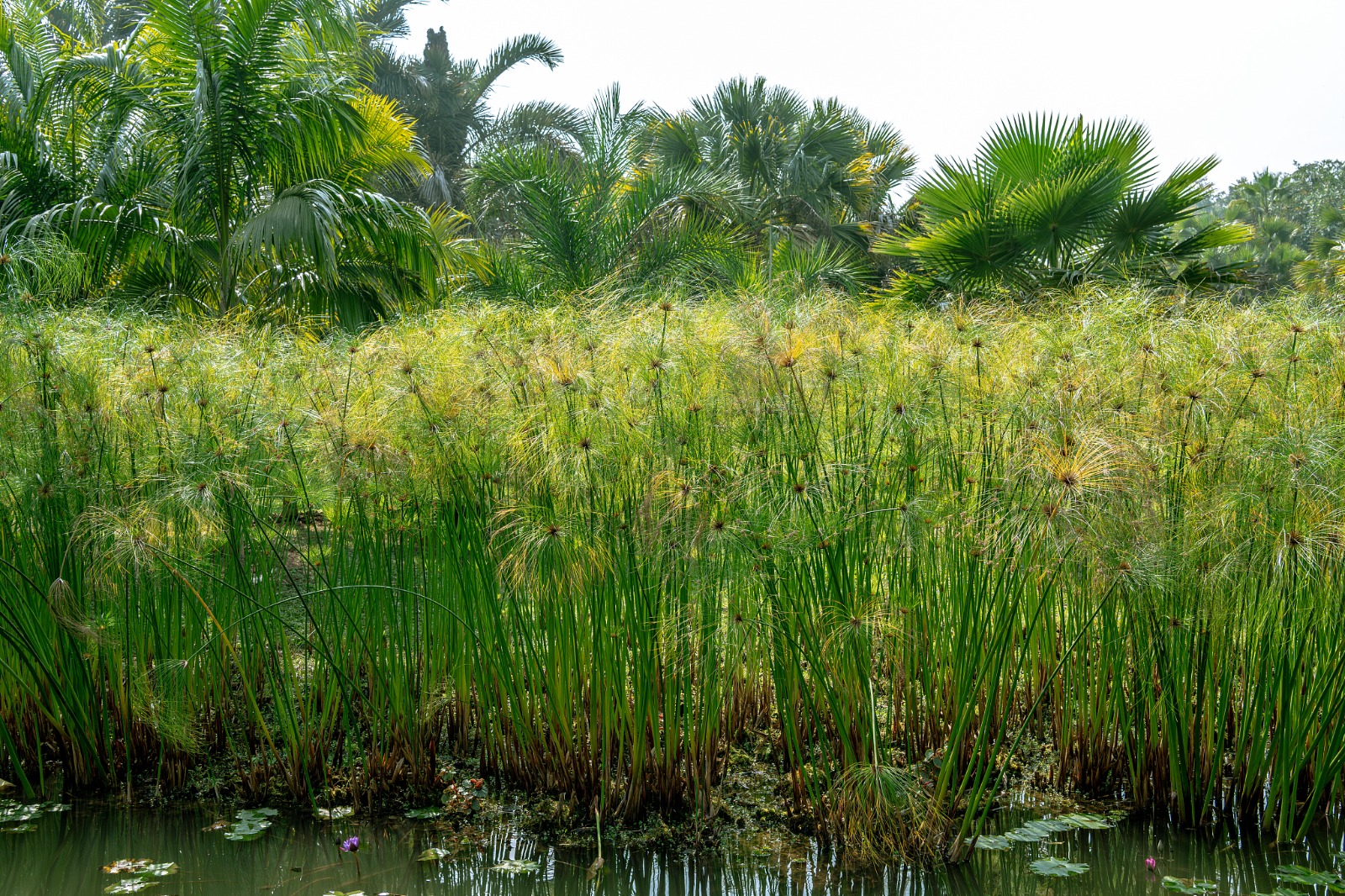
AI and digital tools offer new lifeline for wetlands conservation
Report by Regina Maingi
Wetlands are among the most rapidly declining ecosystems, facing significant loss and degradation. These vital ecosystems support a wide range of plant and animal species, some of which rely on both wetlands and grasslands for survival, making their conservation essential.

It is important to acknowledge that traditional monitoring methods often face challenges such as inaccessibility, time constraints, and limited data accuracy. However, experts are now turning to digital tools to track species dependent on both ecosystems and develop data-driven strategies for their protection.
Experts say remote sensing and GIS technologies can help map ecosystem changes, monitor land use, and track habitat loss. AI and machine learning are also transforming biodiversity monitoring by analyzing vast datasets from camera traps and acoustic sensors to identify species and their behavioral patterns.
The Importance of AI in Wetlands Monitoring
James Mumina Muthoka, PhD, a Research Fellow in Earth Observation at the University of Sussex, explains that AI and machine learning are critical for monitoring wetland biodiversity. These digital tools simplify data collection, analysis, and interpretation, allowing for more efficient tracking of changes over time.
“AI and machine learning also analyze large datasets to detect patterns and predict changes in species distribution. These tools help assess the impact of environmental stressors, like climate change, and inform proactive conservation strategies,” he says.
He highlights platforms like Google Earth Engine (GEE), which integrate satellite imagery and ground observations, enabling comprehensive assessments of wetland health. These tools improve monitoring efficiency and encourage collaboration between researchers, conservationists, and local communities.
AI’s role in environmental data processing
AI’s ability to process environmental data, identify species, and assess their abundance is key to wetland monitoring. It analyzes remote sensing data to detect changes in vegetation cover, a critical indicator of biodiversity and ecosystem health.
Advanced classification techniques help monitor species’ responses to environmental shifts, offering valuable insights into ecosystem health.
“Real-time monitoring is another strength of digital tools. Mobile apps and sensor networks provide continuous data, allowing for timely responses to biodiversity changes. Citizen science apps, such as India’s “Ganga Data Collector,” engage local communities by allowing them to report sightings, enriching our understanding of biodiversity dynamics,” he adds.
Data plays a crucial role in real conservation efforts. Historical and ecological data help assess the status of species and ecosystems, guiding conservation priorities. Community-based programs that incorporate local knowledge and feedback foster greater support for conservation efforts. Additionally, spatial action maps optimize resource allocation, ensuring targeted, effective interventions that deliver real impact.
The power of satellite imagery in wetlands research
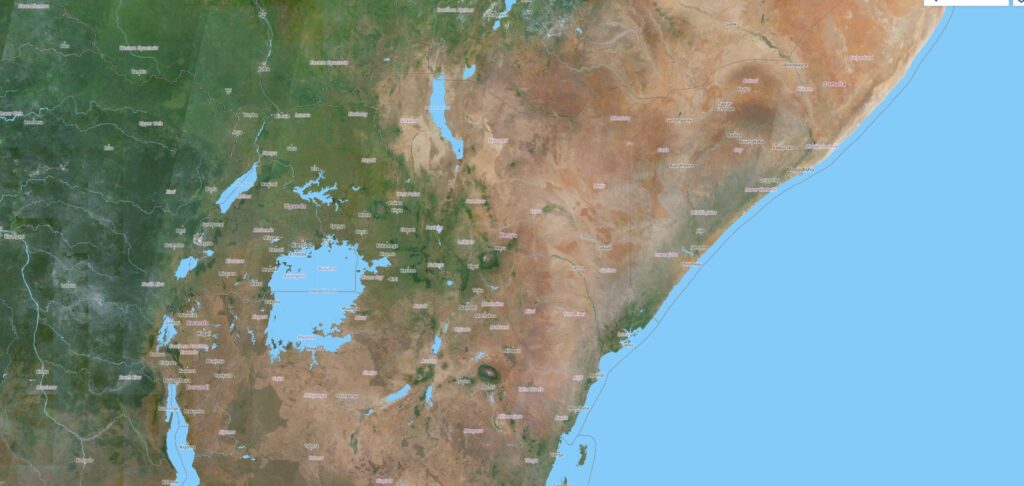
Satellite imagery offers a powerful means of studying wetlands, providing high-resolution data for monitoring and assessing their health. Remote sensing technologies allow researchers to collect data across large areas, facilitating a broader understanding of wetland dynamics. By using tools like Landsat imagery, researchers can track land cover changes, such as the conversion of wetlands into agricultural or urban spaces, revealing the impacts of human activities and climate change.
Additionally, satellite data helps identify areas suitable for wetland restoration and assess ecological health by monitoring vegetation cover and water levels. Time-series data from platforms like Landsat have been instrumental in tracking wetland health over large landscapes.
The value of wetlands for biodiversity
Wetlands are critical ecosystems that provide food, shelter, and breeding grounds for various plant and animal species. Amphibians, such as frogs and salamanders, rely on wetlands for reproduction, while migratory birds depend on wetlands as resting and feeding areas. Over 40 percent of the world’s bird species use freshwater wetlands, emphasizing their significance for avian biodiversity.
Fish species, including northern pike and yellow perch, also depend on wetlands for spawning and nursery grounds. Invertebrates like insects, crustaceans, and mollusks play essential roles in nutrient recycling, further supporting biodiversity. Despite their importance, wetlands are threatened by urbanization, agriculture, and climate change, putting many species at risk.
Successful conservation efforts in Kenya
One successful example of wetland conservation is the Yala Swamp in Western Kenya. The swamp provides crucial resources for local communities, including water, food, and materials like clay and papyrus. By involving locals in sustainable management practices, conservation efforts are directly tied to their daily lives and livelihoods. These initiatives demonstrate that when communities are engaged, conservation efforts can be more effective and sustainable.
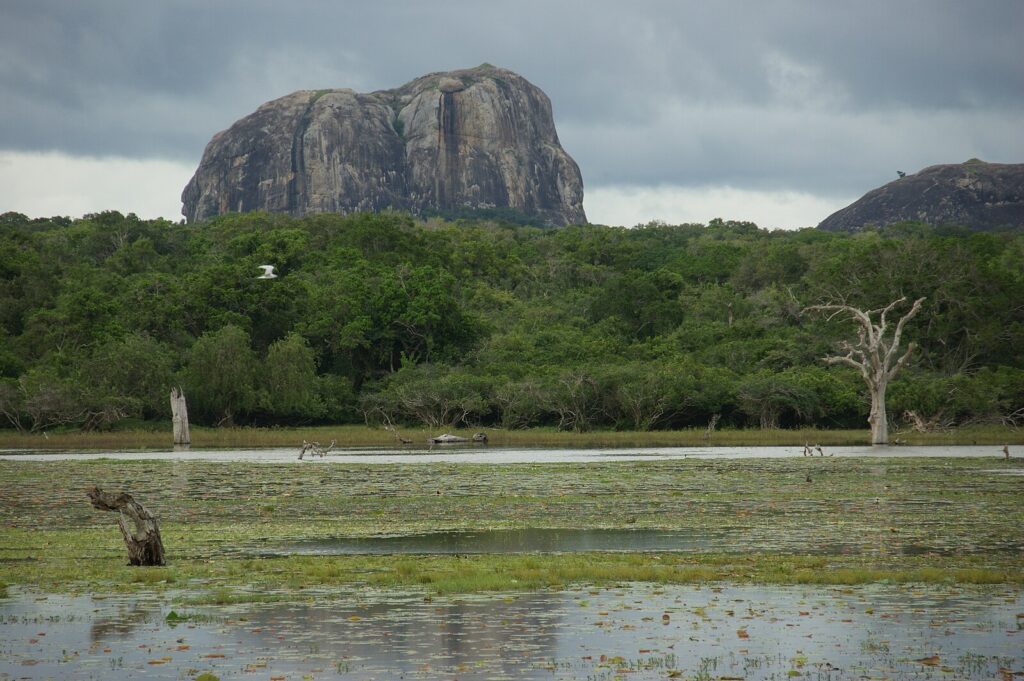
International Day of Wetlands
The theme “Protecting Wetlands for Our Common Future” emphasizes the crucial role wetlands play in sustaining life and biodiversity.
In Kenya, wetlands like the Yala Swamp and Nyando Swamps are vital resources for local communities, providing water, food, and livelihoods. Protecting these ecosystems ensures not only environmental health but also supports sustainable development and resilience against climate change. This global theme highlights shared responsibility to safeguard these invaluable habitats for future generations.




